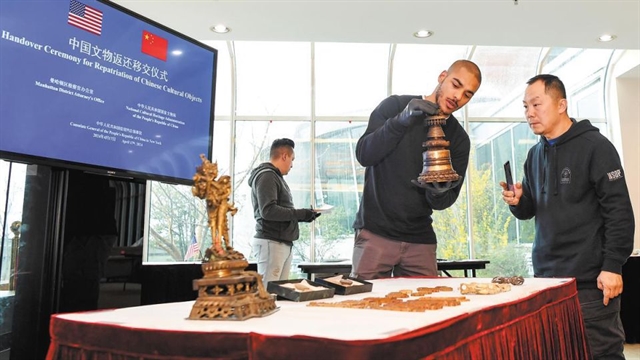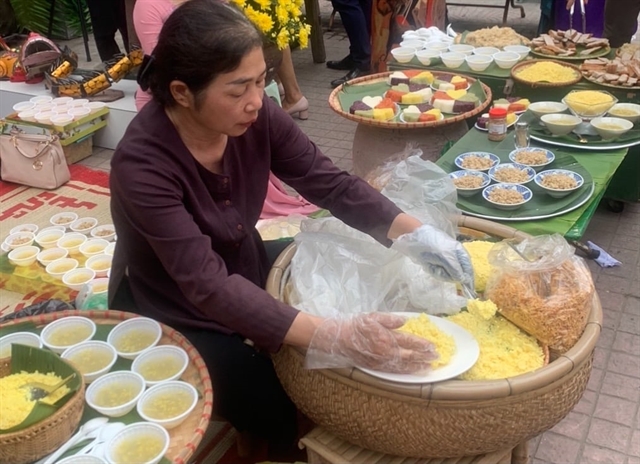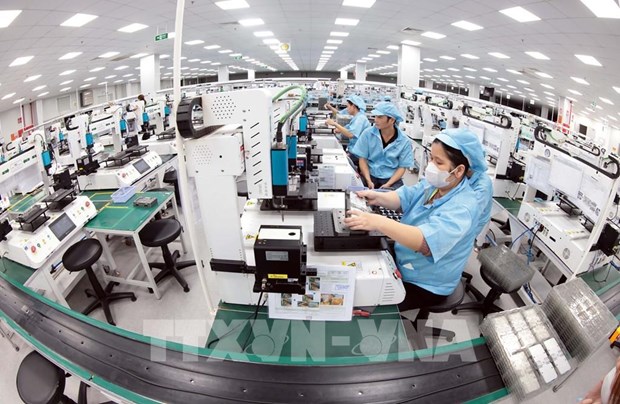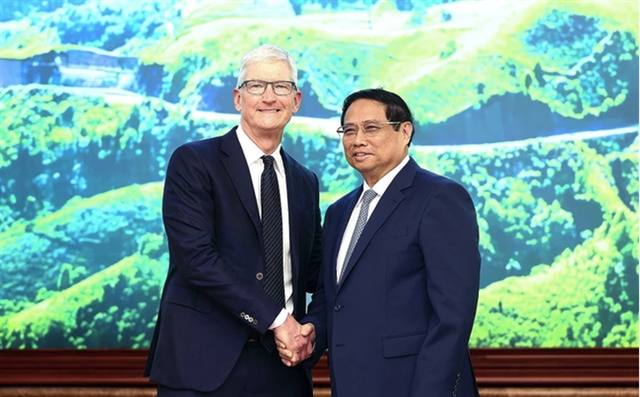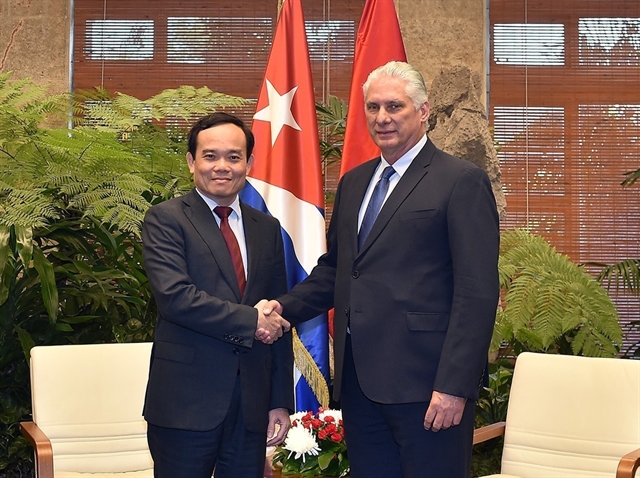 Life & Style
Life & Style
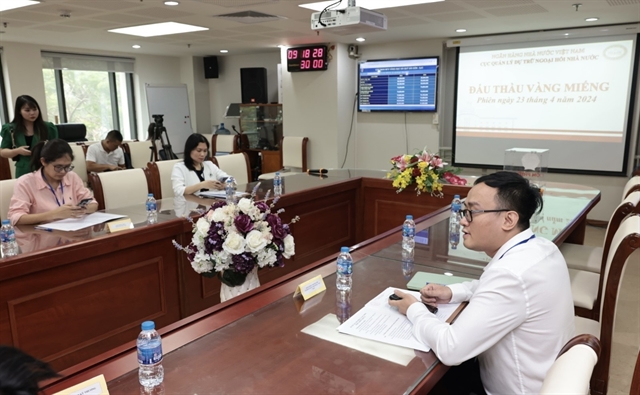
A handful of soil taken from the Trường Sa (Spratly) Islands has been added to the Xã Tắc Platform, which honours the gods of land and rice, in Huế.
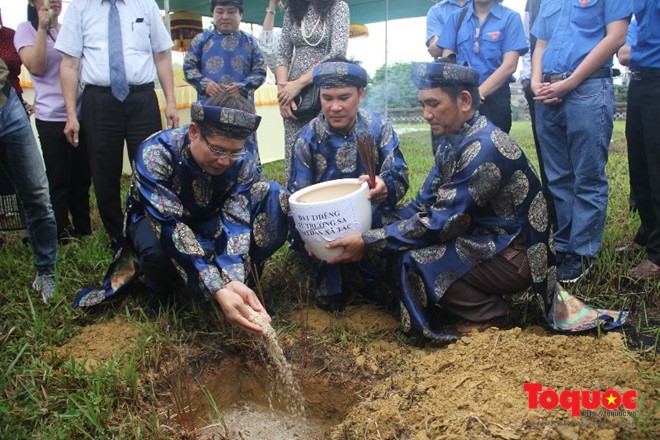 |
| A hole was dug at the platform to receive soil from Trường Sa Island. — Photo toquoc.vn |
THỪA THIÊN- HUẾ — A handful of soil taken from the Trường Sa (Spratly) Islands has been added to the Xã Tắc Platform, which honours the gods of land and rice, in Huế.
The move aims to affirm Việt Nam’s sovereignty over the islands. As a sign of national unity, the platform has collected soil from every locality in the country.
According to Phan Thanh Hải, director of the Huế Monuments Conservation Centre, the local government body that manages all monuments left by the country’s last monarchy the Nguyễn Dynasty (1802-1945), the soil taken by a Vietnamese military troop from Trường Sa.
In May, the troop, in collaboration with Tuổi Trẻ (Youth) newspaper, brought soil from other regions of the country to add to the islands’ land and took some from the islands back to the mainland.
The first person that initiated the adding of Trường Sa Island soil to the platform was late Huế researcher Hồ Tấn Phan. Phan contributed actively in the protection of Việt Nam’s sovereignty over the Trường Sa (Spratly) and Hoàng Sa (Paracel) islands by offering evidence and supporting documents.
In 2004, Phan gave his comments on the placement of the Chinese 981 oil rig in Vietnamese waters and suggested the addition of Trường Sa soil to the platform.
Built in 1806 by the dynasty’s first emperor Gia Long, the platform is located in the west of the citadel and includes soil from regions around the country to represent national unity at its imperial capital.
The dynasty emperors performed grand ritual ceremonies twice a year at the platform, once in Spring and once in Autumn, praying for good weather and bumper crops. The platform ceremony was placed third in the most important ceremonies of the dynasty, following rituals for the emperor’s ancestors and a ceremony honouring the god of heaven.
Today the conservation centre reenacts the ceremonies twice a year, with actors playing the role of the king and mandarins or local government leaders in formal royal costumes. — VNS


